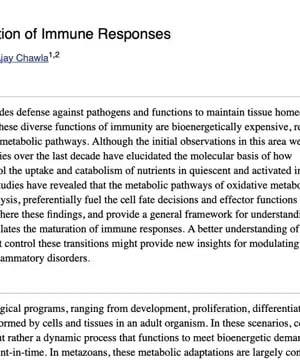How does exercise increase white blood cells?
Sources:
Exercise has a complex relationship with white blood cells and overall immune function. Here are some key insights from trusted experts:
-
Immediate Effects on Immune Cells:
- During acute exercise, particularly high-intensity bouts lasting up to 60 minutes, there is an increase in white blood cell circulation. This boost enhances the innate immune system's activity, making it more effective at combating infections for several hours post-exercise 1.
- The influx of immune cells, such as T cells and natural killer cells, occurs as they are pulled from the bloodstream to tissues due to increased blood flow and pressure during exercise 2.
-
Redistribution Rather Than Suppression:
- After exercise, there is often a temporary decrease in the number of circulating immune cells (by 30%-50%). This drop does not indicate a compromised immune state but rather a beneficial relocation of these cells to tissues where they are most needed, like the lungs and gut 2.
-
Intensity and Duration Considerations:
- While moderate exercise (like brisk walking for about 60 minutes a day) bolsters the immune system, excessive endurance exercise (e.g., marathon running) can lead to immune suppression, reducing the effectiveness of T cells and natural killer cells for a prolonged period 1.
-
Mechanisms of Lymphatic Circulation:
-
Final Thoughts:
- Regular, intense workouts can enhance immune function, but it is crucial to balance activity with adequate recovery and nutrition. Consuming carbohydrates post-exercise can help reduce inflammation and support immune health, particularly when training in a fasted state 1.
In summary, the right amount of exercise enhances the production and effectiveness of white blood cells, while excessive exercise can lead to temporary immune suppression. Regular physical activity within a balanced routine is essential for optimal immune function.
RELATED QUESTIONS-


